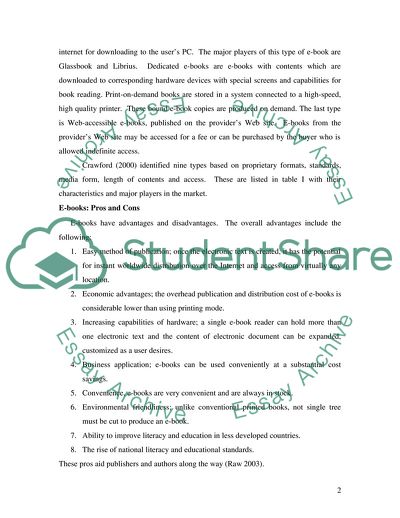Cite this document
(E-Books as a New Media That Allows a Promising Future for Book Lovers Literature review, n.d.)
E-Books as a New Media That Allows a Promising Future for Book Lovers Literature review. Retrieved from https://studentshare.org/information-technology/1704212-how-ebooks-are-marked
E-Books as a New Media That Allows a Promising Future for Book Lovers Literature review. Retrieved from https://studentshare.org/information-technology/1704212-how-ebooks-are-marked
(E-Books As a New Media That Allows a Promising Future for Book Lovers Literature Review)
E-Books As a New Media That Allows a Promising Future for Book Lovers Literature Review. https://studentshare.org/information-technology/1704212-how-ebooks-are-marked.
E-Books As a New Media That Allows a Promising Future for Book Lovers Literature Review. https://studentshare.org/information-technology/1704212-how-ebooks-are-marked.
“E-Books As a New Media That Allows a Promising Future for Book Lovers Literature Review”. https://studentshare.org/information-technology/1704212-how-ebooks-are-marked.


